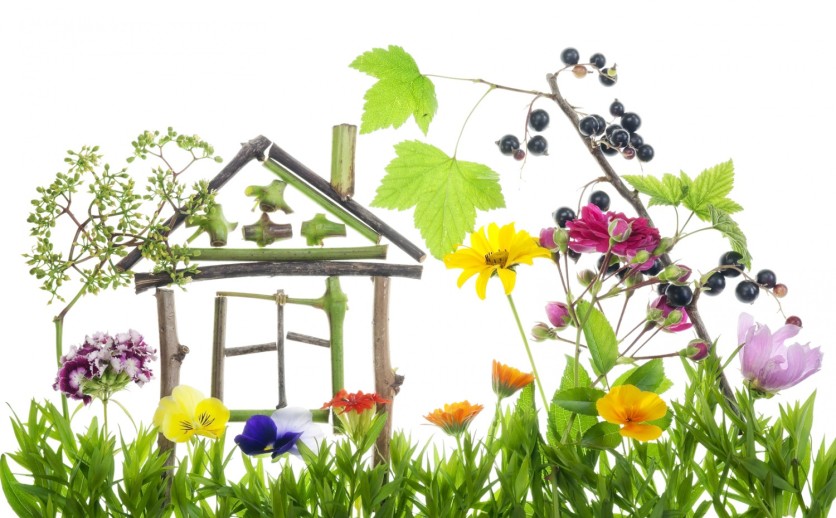
With the environmental crisis on the rise, citizens all over the world are being called upon to take up arms against environmental pollution, contributing in every way possible to help restore our non-renewable energy resources.
This can be of advantage to the individual homeowner as well. Not only are energy reserves depleting faster in modern times, but the cost of maintaining an energy-efficient lifestyle is rising steeply also.
Fortunately, there are ways in which technology can be used to your advantage to create an eco-friendly home. Here are six technologies that are used in the makings of a green home.
1. Automated window treatments
Automatic window treatments can be used to potentially save energy. Since insulation is important to lowering the energy consumption in green homes, the insulating features included in these treatments can actually help to reduce energy usage by naturally cooling the home and increasing energy efficiency. This reduces your need to use existing HVAC systems that use a lot of energy. There are many treatments that use natural materials as well from renewable sources, such as wood blinds or natural shades. These types of window treatments can are perfect for both commercial as well as residential spaces.
2. Solar arrays
Solar panels have emerged as the most cost-effective way to reduce the depletion of non-renewable natural resources and lower electricity expenses as well.
Solar panels do not generate any greenhouse gases - and the good news is that this type of energy is not reserved for areas that are typically sunny and dry. Solar panels can function effectively in wetter climate spheres as well, which makes them a viable energy option for the future.
3. Rainwater harvesting systems
The process of rainwater harvesting has been readily adopted by many communities across the globe as an effective means of conserving water. Usually, the entire mechanism consists of a drainage-like system connected to a barrel or cistern on the rooftop. Rainwater is collected in this system and then utilised for things other than drinking: watering plants, washing toilets, and so on. Obviously, this conserves water greatly and also reduces the total amount of processed water consumed by a family.
4. Energy monitors
You could use energy monitors as the first step on rebuilding your home as an energy-efficient one. Energy monitors allow you to see the total amount of energy you are consuming on a day to day basis. The monitor is attached to the power cable in your home. After that, it transmits a signal to a display that shows a representation of how much energy is being consumed every minute. The energy monitors meant for residential use come in quite cheap and are fairly easy to work with.
5. Energy star appliances
Energy star appliances have gained a lot of popularity, and have emerged as the most recommended type of appliance for residences. They become especially essential in a green home since a new energy star appliances will consume significantly less energy than any model you may have had before. The consumption of water is reduced too, depending on the type of appliance being spoken of.
Statistics have shown that energy star appliances use almost 15 per cent lesser energy when compared to their ordinary counterparts. They are also designed more effectively than their counterparts, which makes their performances far better and pleasing. Stocking your home with energy star appliances is one of the first things you should do while building a green home.
6. Wind generators
Contrary to popular belief, wind generators do not only refer to big windmills in the middle of farms. There are far smaller versions of these generators readily available in the market, at fairly inexpensive prices. In fact, some homeowners have made their own wind generators with regular materials. Depending on the type of generator you procure, you can save up to 10 to 90 percent of your power usage needs. Wind generators are not all that common, and may not always be viable, but they can be used quite interestingly to support the power needs in your green home.
Conclusion
Most of the technologies mentioned on this list have been around for ages, which makes it a matter of good sense to include them in a modern green home. Although it can take some time to reimburse the costs of installing the aforementioned technologies, over time it will eventually make it worthwhile.




